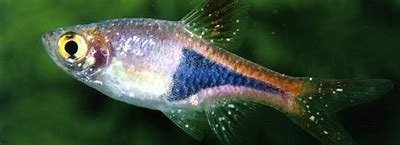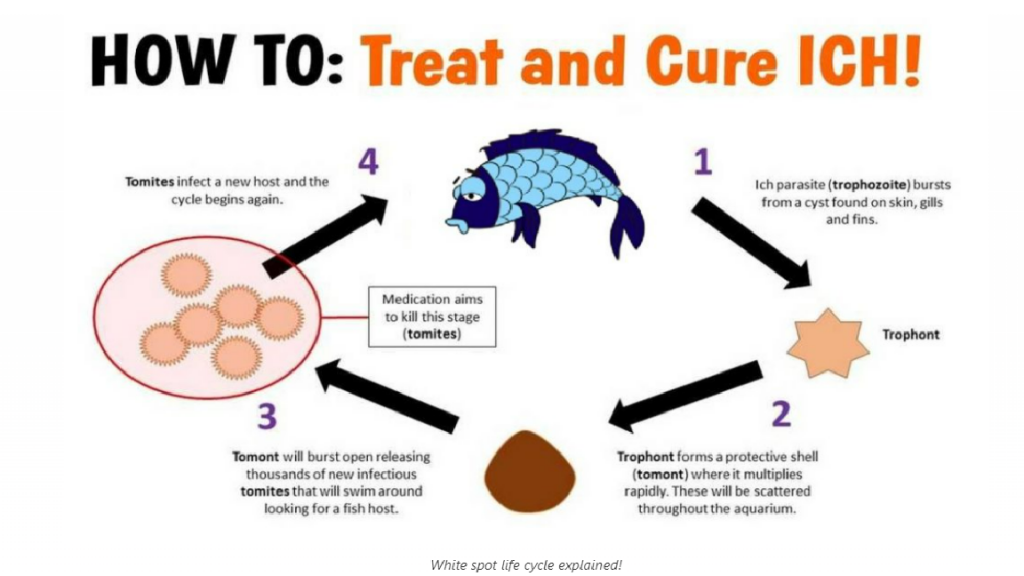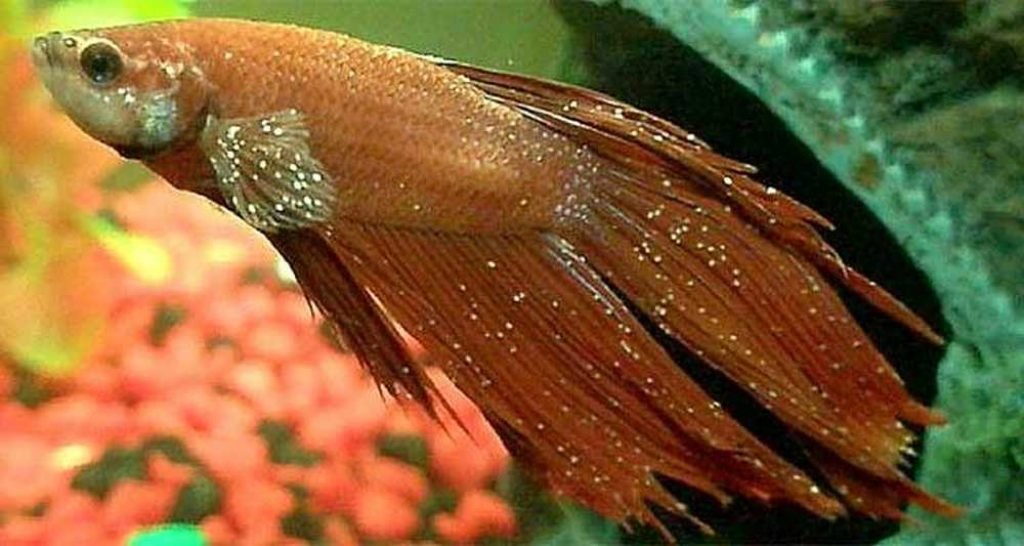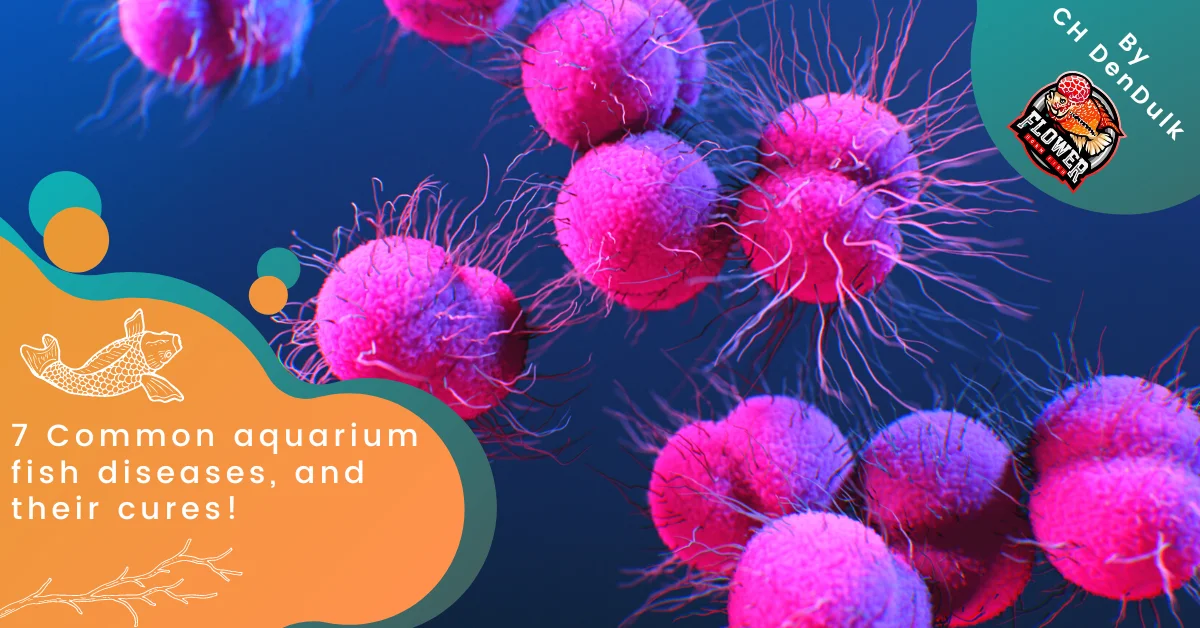
White spot (Ich) is like that drunk uncle that always ends up at parties even though he was never invited and no one knows how he knew of the party. That pretty much sums up white spot for any fish keeper and has become many a nightmare for people new to the hobby of fish keeping. So I thought it would be interesting and informative to cover the illness that most of us have come across as fish keepers. So what exactly is white spot? Many people refer to it as a disease, but in actual fact, it’s a Protozoa a microscopic virus. Caused by Ichyophthirius multifilis, yes I know that it is a mouthful but understanding it is one step to treating and fighting it. So now that we know what it is, we can discuss what causes it. So what exactly causes white spot outbreaks in your aquarium?
Well, it happens when your fish either get stressed due to bad water quality/conditions or there is a quick drop in temperature in your aquarium’s water. Especially when things like power outages or load-shedding happens, you can check out My Tanklife solutions for keeping your fish alive during a power outage or load-shedding. But the number one cause of a white spot outbreak in your aquarium is by introducing new fish into your aquarium. So how do you treat it? Before you treat it, the most important thing to understand is the lifecycle of the parasite. White spot is an obligate parasite, meaning it must have a fish host to survive. Without a fish as a host, it will die. The rate or time it takes Ich to complete their life cycle varies. The main factor that determines this life cycle speed is water temperature.

The higher the temperature of your aquarium water, the quicker the life cycle is. It can be as slow as 24 hours in cold water and up to 8 hours in warm water. That is why it is recommended that you raise the temperature of your aquarium to between 28 and 30 degrees when you start treatment, as it quickens the process. Ich has 3 stages, I won’t go super in-depth into these, but here they are. The on-fish, feeding trophont. (That is the white spots you will see on the fish when it is infected). The environmental, reproducing trophont. (When it falls off so that it can start reproducing). And the infective, fish-seeking theront. (When it looks for a new host that it can infect). The only time you can treat white spot is between the second and third steps when the parasite leaves the fish.
That is when it becomes vulnerable to medication. When it is at the first stage, it is protected by its slime coat, so no medication can reach or affect it. Once it leaves the host then at that point can kill it easily kill it with medication. Now that we understand Ich, how do we treat it? The first thing to do is raise the temperature of your aquarium’s water between 28-30 degrees if your fish will tolerate this (Make sure to run an air stone for extra oxygen). Then you can use a store-bought medication, I would recommend something like dophin white spot special, which you can find on My Tanklife. Just be careful with some medications as they contain copper, which kills snails and is lethal for scaleless fish like catfish and clown loaches. If you want to go the natural route, use aquarium salt.
But before we continue, and this is very IMPORTANT! Less hardy aquarium plants and invertebrates are extremely sensitive to salt, and so are scaleless fish like catfish. So, using this method for fully planted aquariums is not recommended. The following medications work well for planted aquariums with invertebrates and or sensitive fish sensitive to traditional copper medication. Hikari-ich x and also the NT labs anti ich medication. They don’t contain copper and work well from personal experience. NT labs is the easiest to dose with no water change required in the treatment plan and are readily available in RSA. Hikari seems to be hard to come by.
Why salt exactly? Well, salt essentially causes death by dehydration for the parasites once they leave the host. How much should you be adding? Well, I level tablespoon of aquarium salt (Not table salt but Epson salt, which most local pet stores would be able to sell you.) for every 17 liters of aquarium water. You will only need to add the salt once a week and after doing a 50% water change. By doing a larger water change, you will also remove some of the parasites from your aquarium. You should continue treating your entire aquarium for atleast two weeks. And just because the spots are gone from your fish doesn’t mean you should stop the treatments until the full two weeks are complete. And always remember, patience is key when it comes to treating white spot.












